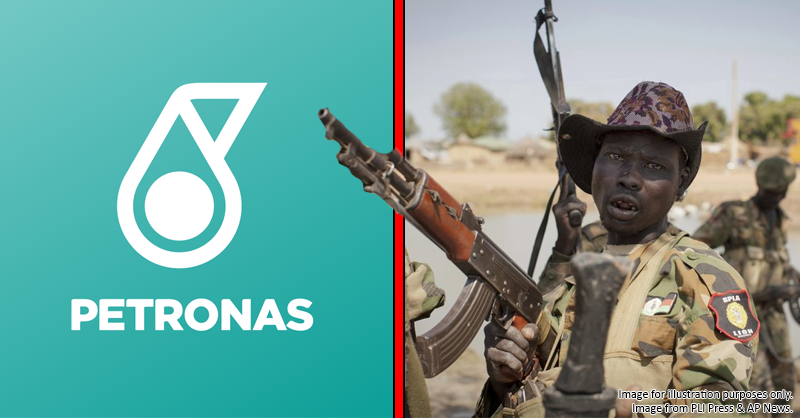Malaysia once had…electric buses?! 5 peculiar ways we moved around 100 years ago
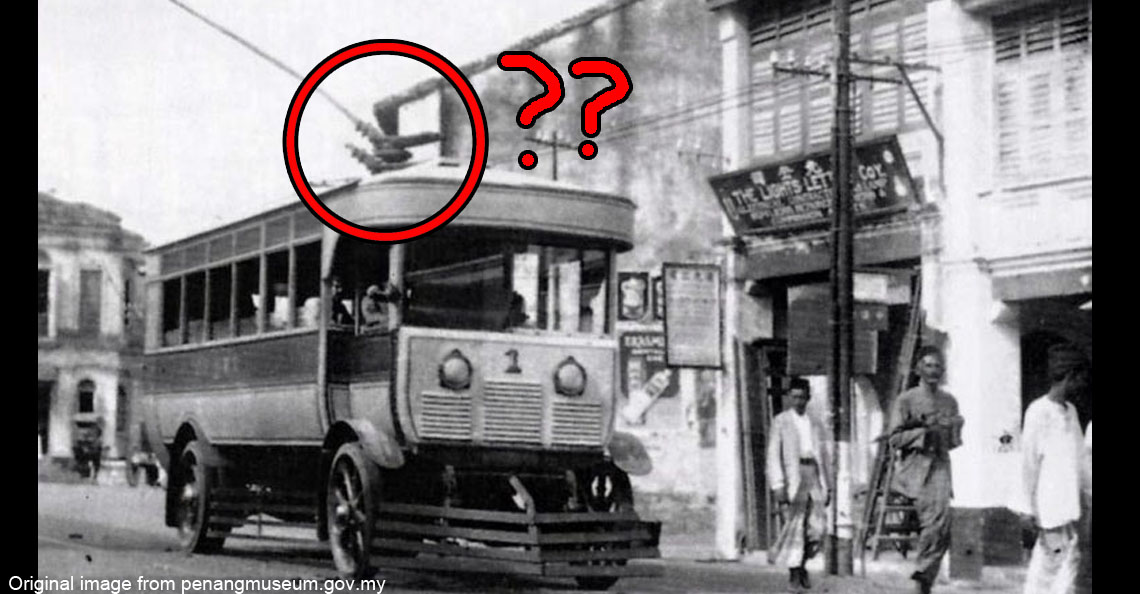
- 7.9KShares
- Facebook7.7K
- Twitter21
- LinkedIn1
- Email54
- WhatsApp132
As you got into your car to go to work this morning, you may have pondered upon how you would have to traverse the sardine-packed federal highway, or LDP, or NKVE, or NKOTB, and do the same thing again later in the day.
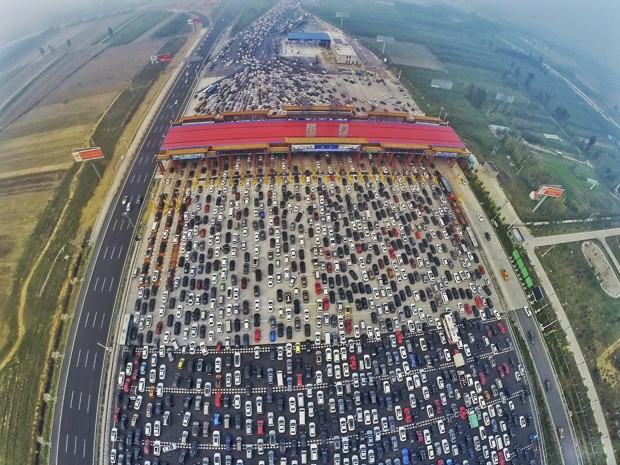
And because we do it so often, sometimes we forget how far we’ve come. Sometimes we forget that there was a time when Malaysian transport was a lot….slower. When cows were pulling cars, and oil was used mostly for cooking. 😆
And speaking of oil….
There’s one oil company that’s been with us from wayyy back… 1891 to be exact. But why is that significant enough for us to write an article about it? Well it means this year marks 125 years of Shell in Malaysia!
From digging for oil, to restoring rivers, to organising races? They’ve definitely come a long way since then. Heck, even their logo has evolved quite a bit.
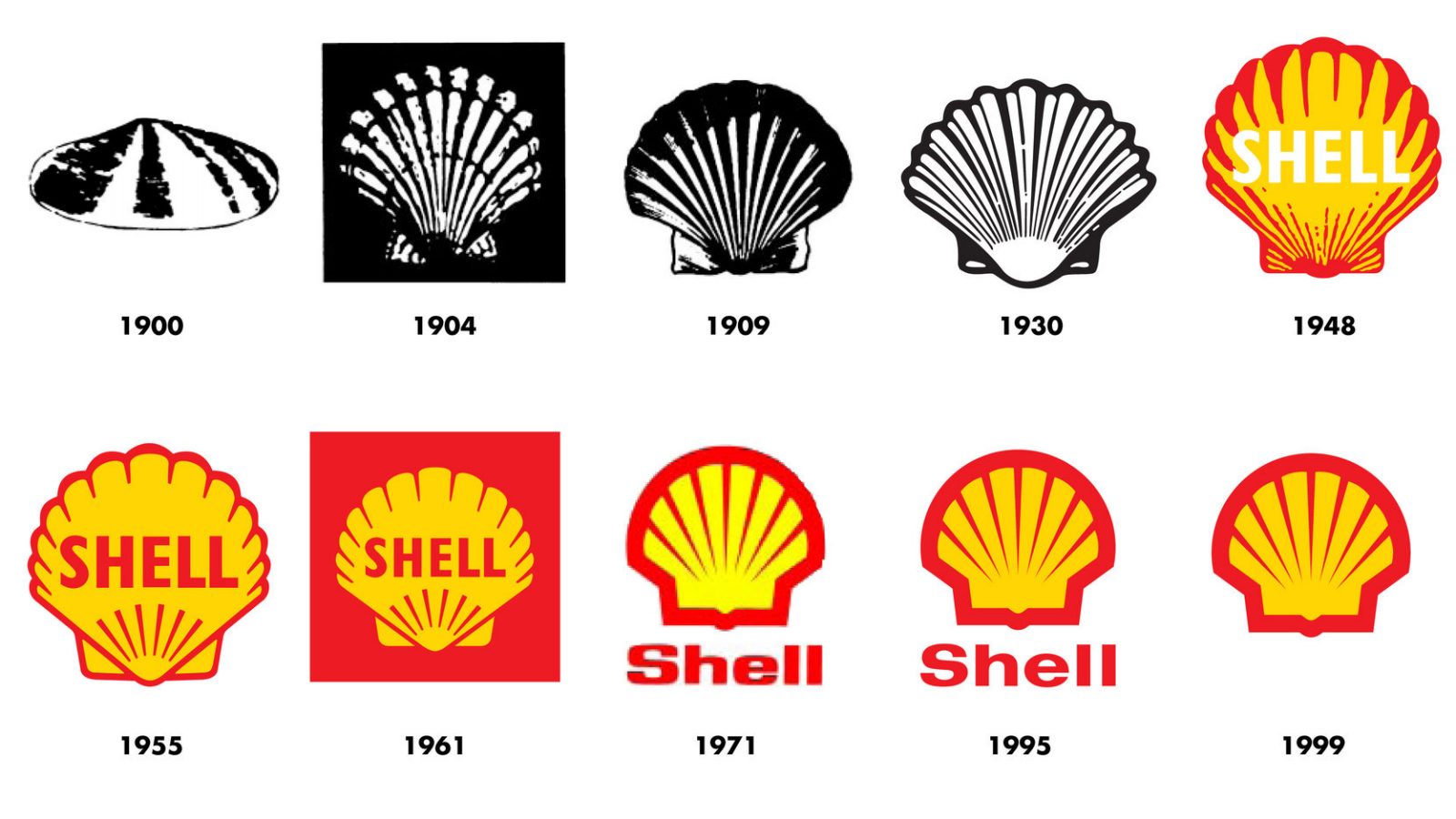
But so has Malaysia! We’ve gone through a crazy transformation over the years as well. But in line with Shell turning 125 years old this year, we’ve worked with them to take a closer at the transportation side of things. We had a look at how transportation in this country has evolved over the past 125 years.
So without further ado, here are 5 things about how Malaysians moved around a century ago.
1. Before the Johor-Singapore causeway, you took a train, which went on a…boat!?
In the early 1900’s, there was no road connecting Johor to Singapore. Actually, that wasn’t SO surprising considering there were hardly any cars either. In fact, most people got from Johor to Singapore and vice versa by boat/ferry.
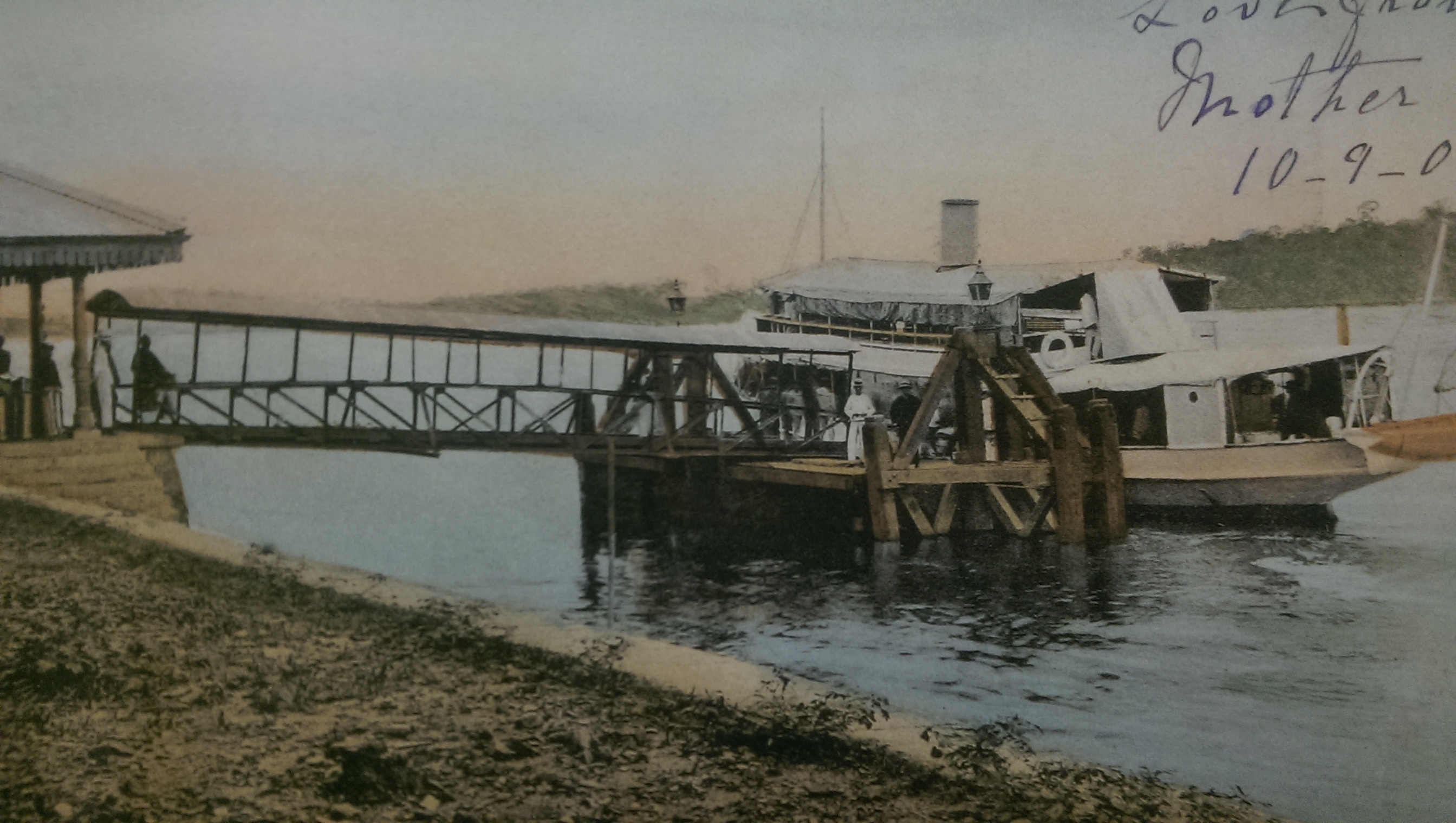
But according to the book “The Causeway“, using boats to transport everything was not very practical la. Because back in the early 1900’s, both Johor and Singapore had come to rely on each other for their economy – Johor was a producer of many things, and Singapore was the entrepot that helped them export their goods.
But how does a train go across the sea la?? Well, the trains were actually transported across the sea in something called a train-ferry!
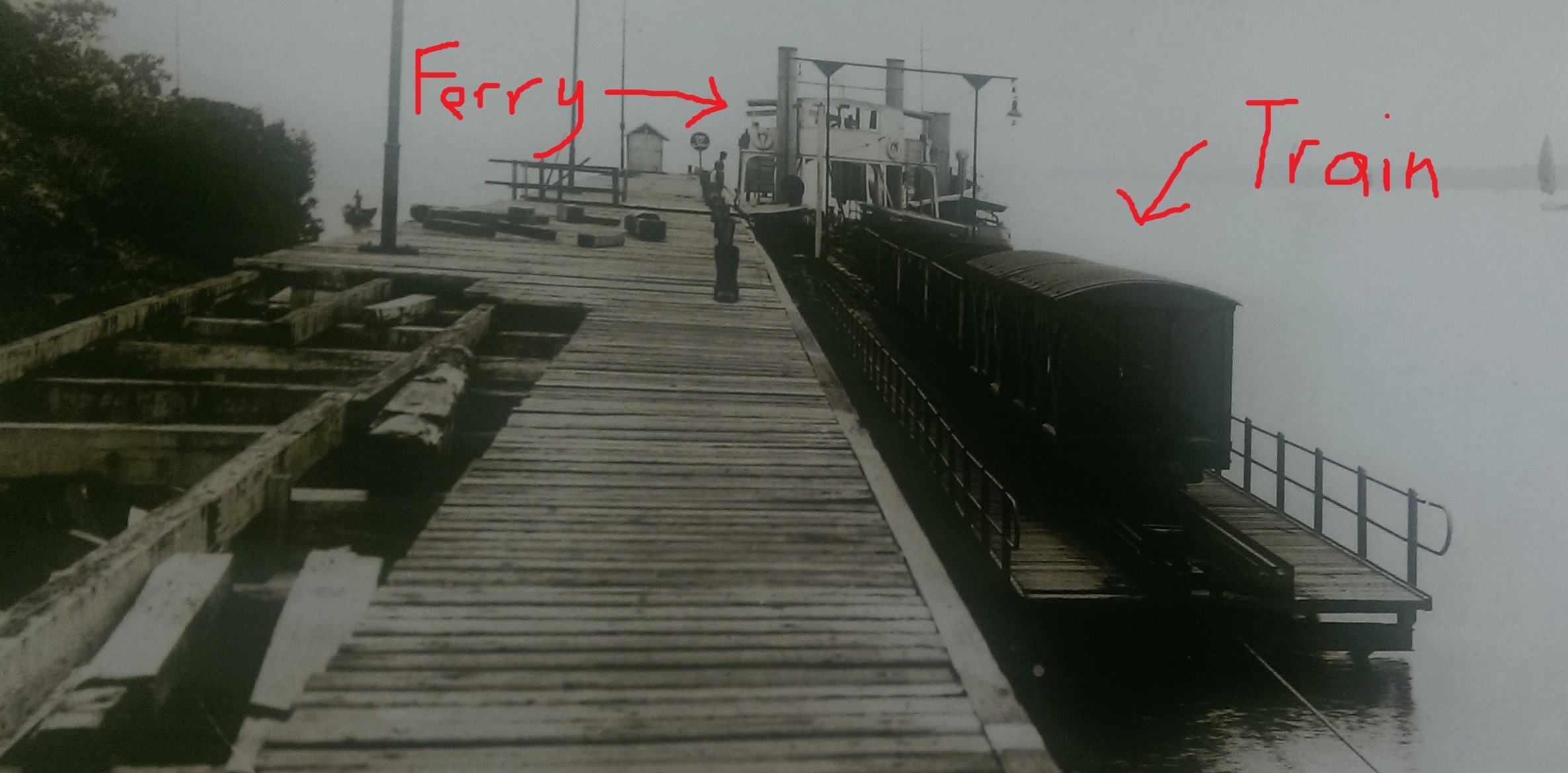
Eventually, these ferries became insufficient as well. Which led to the building of the causeway.
The idea of a causeway was first put forward in 1874, but it wasn’t until 1919 that the idea was finally approved by the British in Singapore. And after agreeing who pays how much with Johor, a British firm was contracted to build the whole thing, which was finished in 1923, with the whole project costing about RM17 million in total (about RM240 million today if adjusted to inflation).
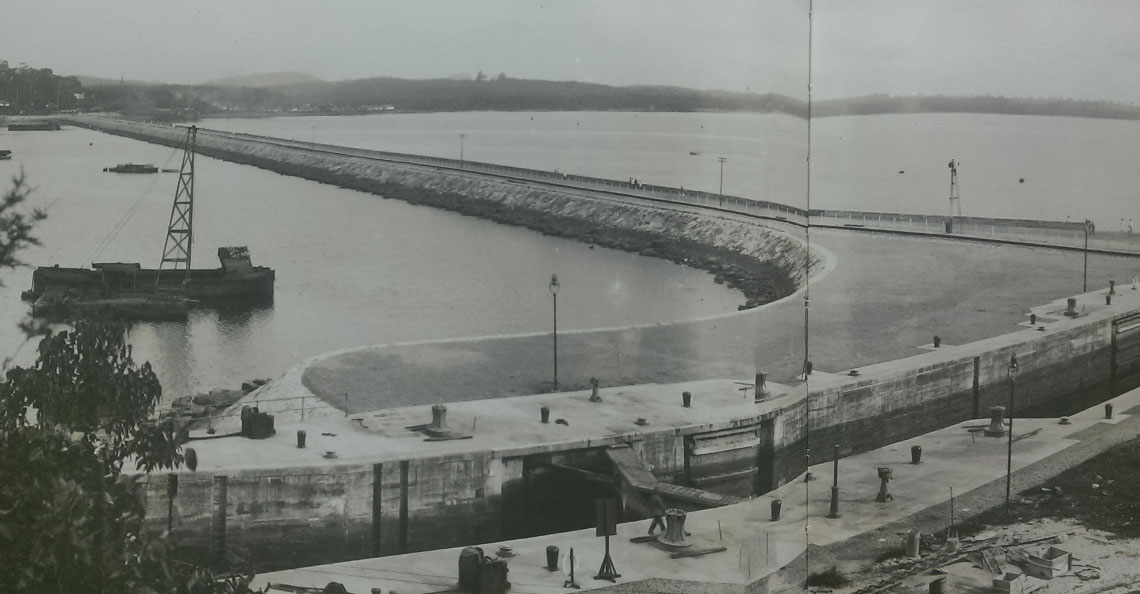
2. We imported technology from Japan, and improved it to become…one of the iconic vehicles in Malaysia

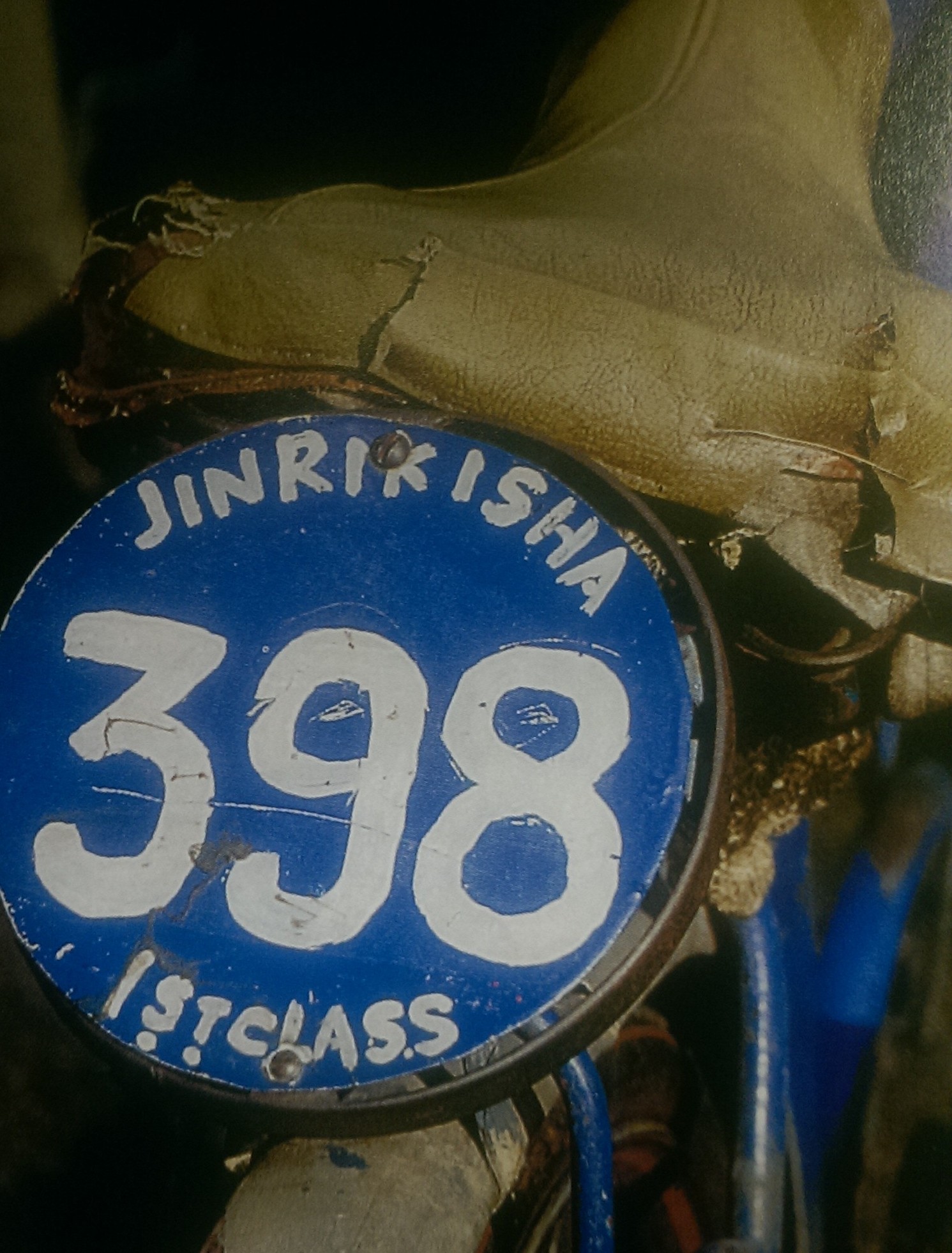
The word “trishaw” is actually a combination of two words – the tricycle, and the rickshaw. But wait….what in the world is a rickshaw? For all you millennials out there, think of the rickshaw as the Uber of 100 years ago, where a man pulls another man around in some sort of carriage for money.
The rickshaw was actually invented by an American missionary who used it to transport his sick wife in Japan. But that is also where the rickshaw (called the jinrikisha over there, which literally means person-powered vehicle) became so popular, with it eventually moving to other countries, including Malaya and Singapore.
And according to the book “Chasing Rickshaws” it was ironically during the time of the Japanese occupation in Penang itself that the trishaw came about. So the trishaw is either some Japanese military innovation, or some fella got a bit lazy from running and came up with the genius idea la.
But the interesting thing is, unlike many other things, trishaws never actually died out in Malaysia (unlike other things in this article). You can still see many of them in places like Penang and Melaka (although they’re no longer giving out new permits).
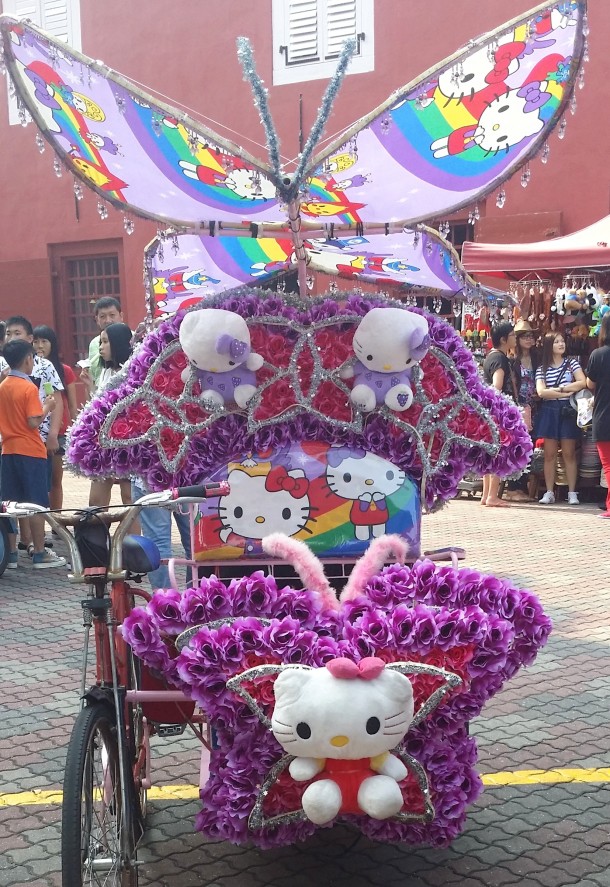
Nevertheless, there’s still actually a whole trishaw culture in Penang with over 1,000 registered trishaw drivers. They live on their trishaw itself and are usually not married. Like some trishaw code they live by.
3. Kereta lembu is for poor people. Real ballerz use horses yo

Before the days of cars, there was no need for tar roads. There were no highways, or jams, or traffic lights. BUT there were roads which catered to other sorts of vehicles.
According to the book “Roads in Malaysia” by Jabatan Kerja Raya (JKR), bullock carts were the main mode of transportation in 1890. Malaysian Tatler states that a census from 1921 showed that there were about 18,000 bullock carts in the Straits Settlements (Penang, Melaka, and Singapore). *Imagine all the cow dung omg!*
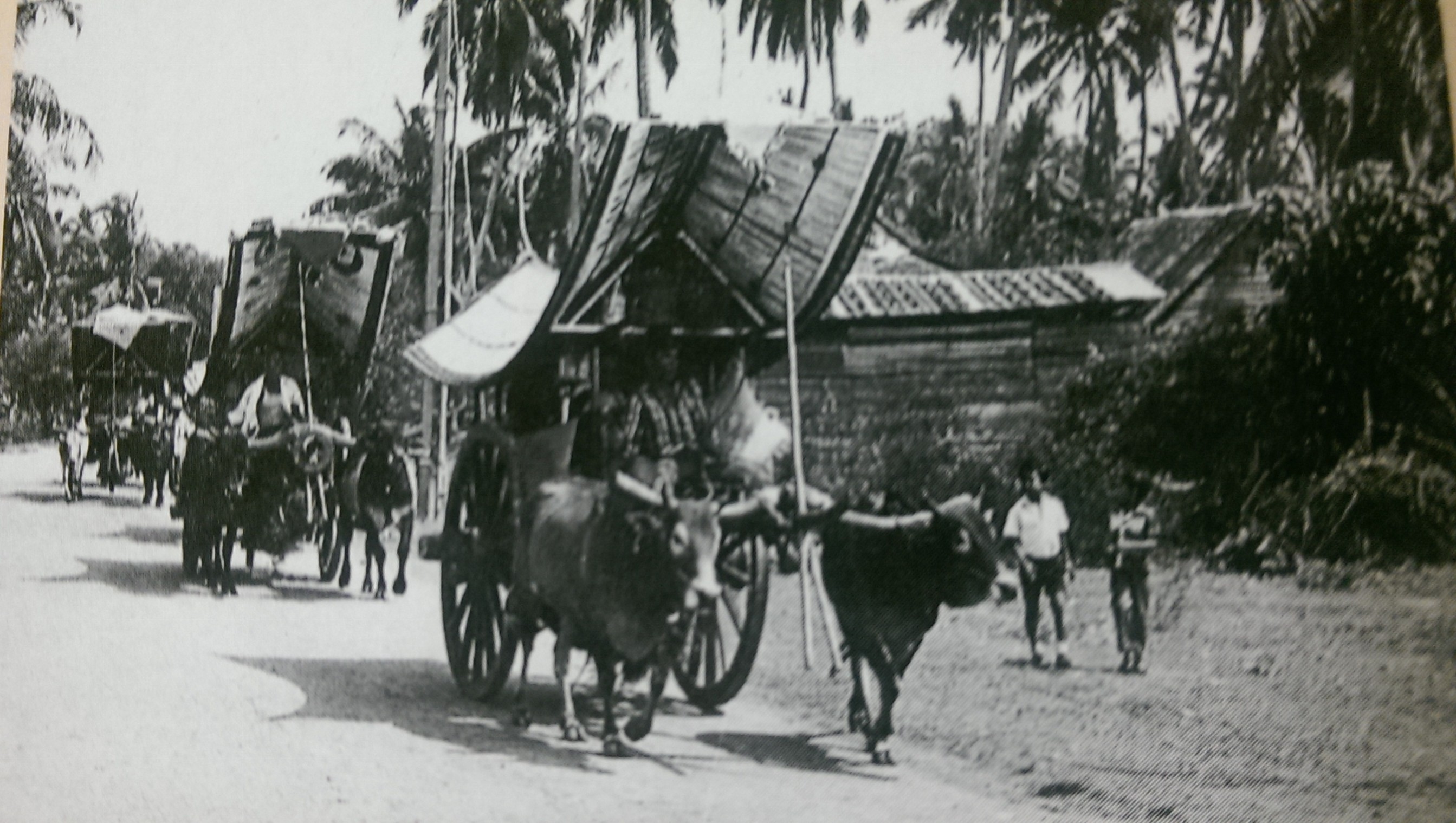
But just like how we have different types of cars now, they also had other animals. The BMW and Mercedes of that time would be carriages pulled by horses, also known as a gharry. While the gharry was at first mainly used to transport British officials, it eventually became the hottest wheels hooves around, and it was common to see the atas-atas British ladies going around in them.
Ironically it was the animals themselves who eventually helped build the infrastructure that replaced them. When the Brits started to build tar and bitumen roads in 1910, Chinese labourers were heavily involved in building the roads, Indian labourers were used for maintenance work, and cows were sometimes used to roll the roads.
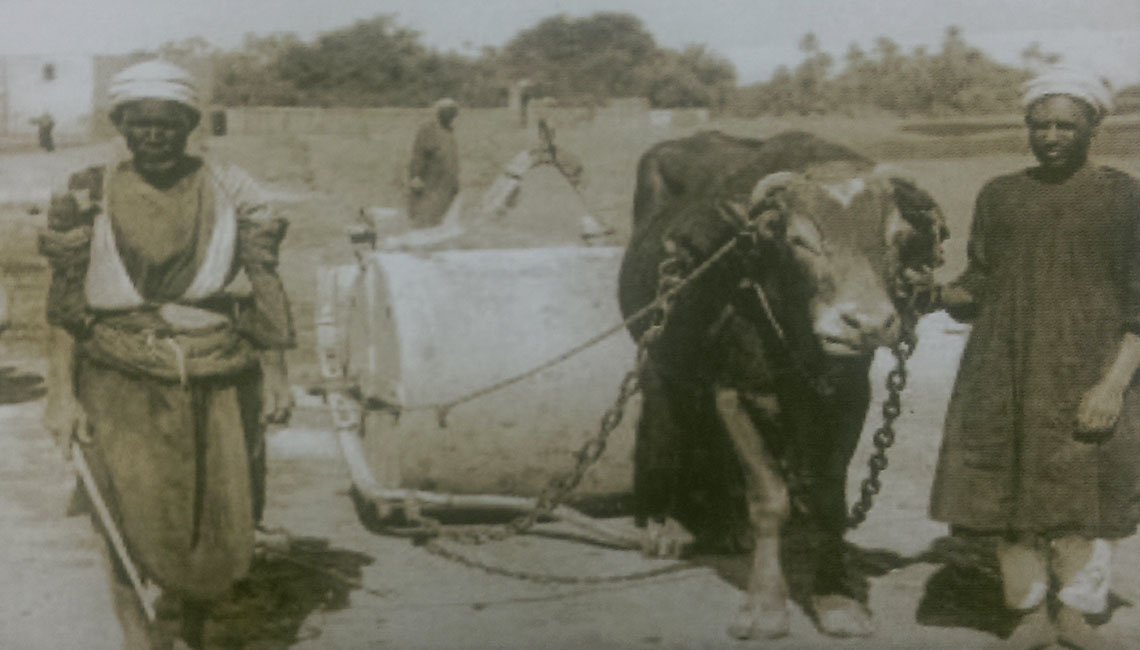
Of course, there’s no more animals on the highway today la, except maybe for ostriches.
4. All Penang buses used to be… electric!?
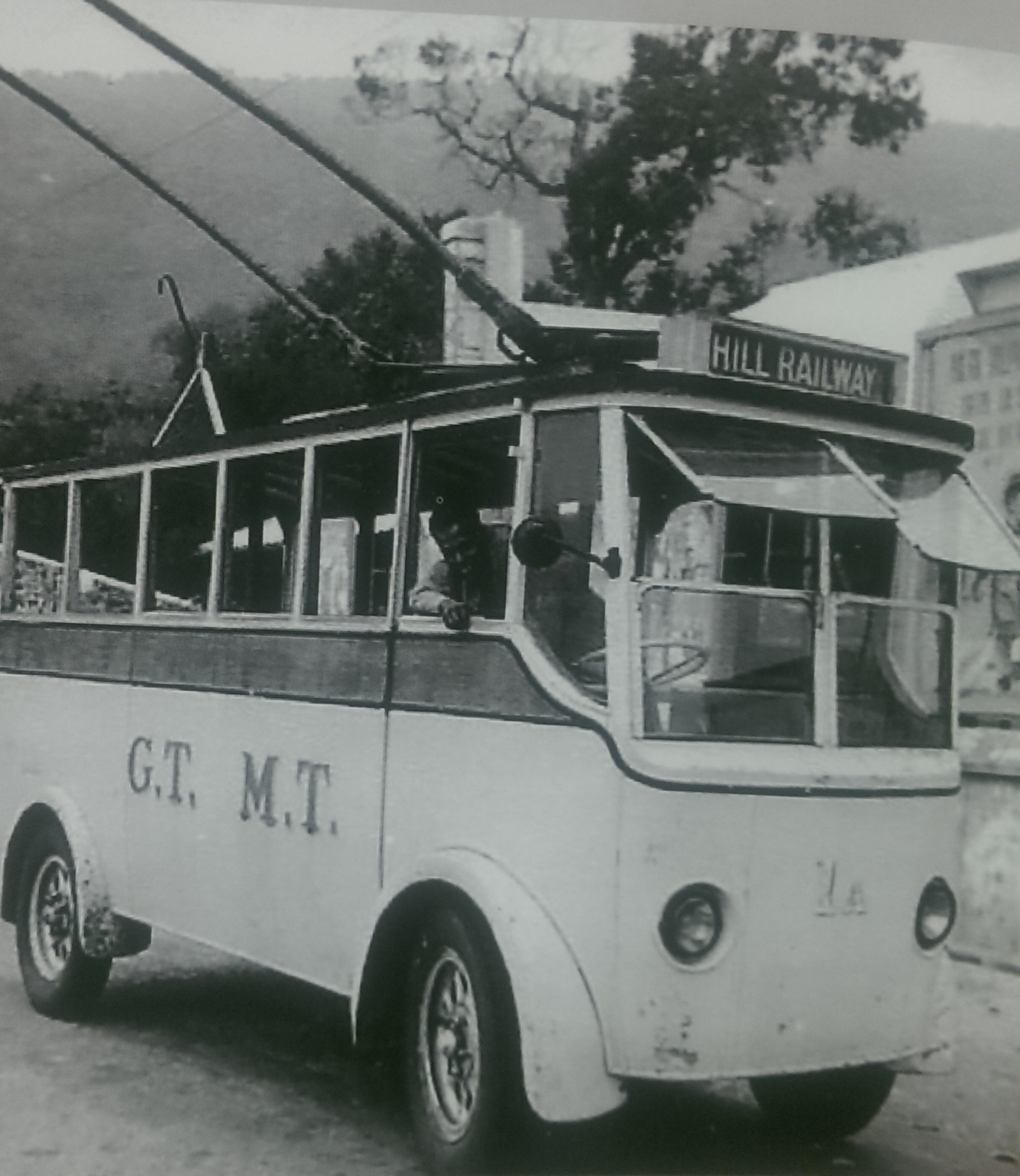
You always hear talk about how electric cars are the future, and that one day we won’t use petrol in our vehicles anymore, right? But did you know that once upon a time Penang had a whole fleet of ELECTRIC BUSES?
Well, actually they started off as steam-powered trams, which were similar to trains. According to the book “Penang Trams, Trolleybuses, and Railways“, the first steam tram started operating in Penang in the 1880’s. But with the emergence of electricity, they were replaced with electrical ones.
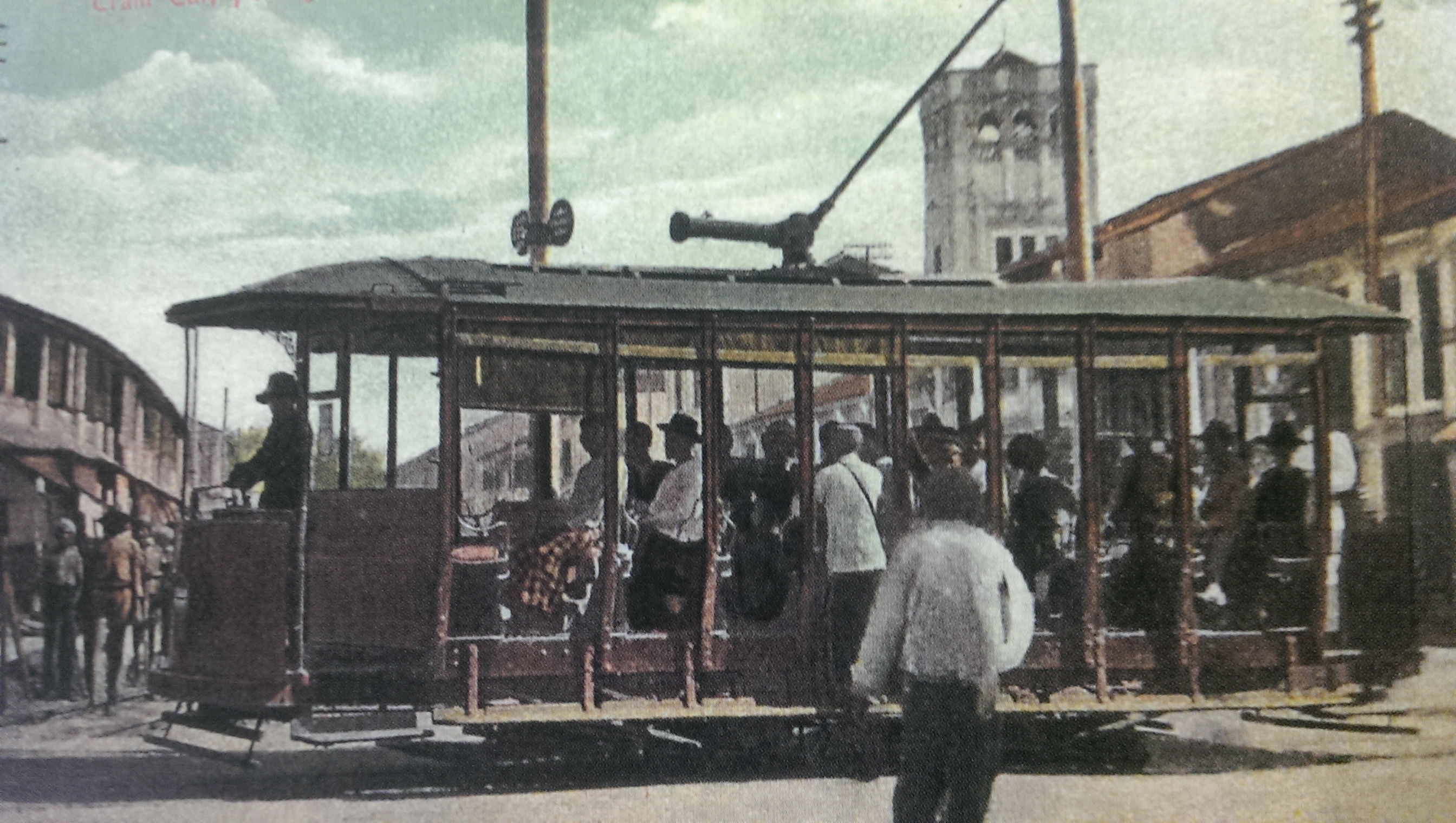
Electrical trams were a bit different because they were powered by an electrical grid lined above the tram tracks, connected by two antennae-looking things above them.
Later, as the condition of the tracks started to deteriorate (trams were often getting derailed), the British in Penang proposed another level of evolution – to go from tracks to wheels in 1923.
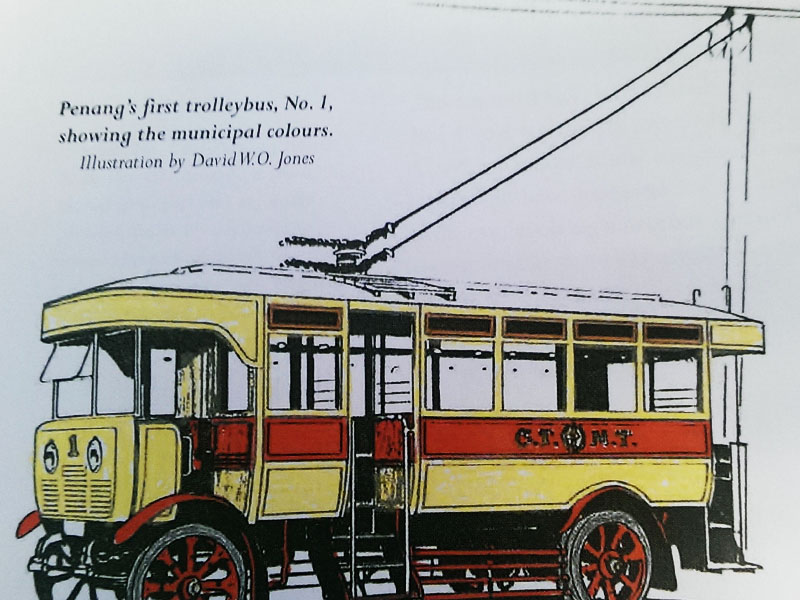
While the electric buses (also known as trolleybuses) still needed to be connected to the power supply above its head, it didn’t need tracks, and soon they became the main mode of public transport over there. It was actually nothing new at the time because back in 1899, almost ALL the taxis in New York ran on electricity as well!
But if that’s the case, how come we’ve not seen, or maybe even heard of these trolleybuses today? It’s because in 1959, the Penang City Council made a fateful decision of making diesel buses the main mode of public transportation.
Eventually the electrical buses were turned into scrap metal and the electrical system that ran them – dismantled. Today, Penang still uses petrol buses, with absolutely no trace of their electrical ancestors. So sad but… #betterlovestorythantwilight
5. And back then, Miri was just a small village… until…
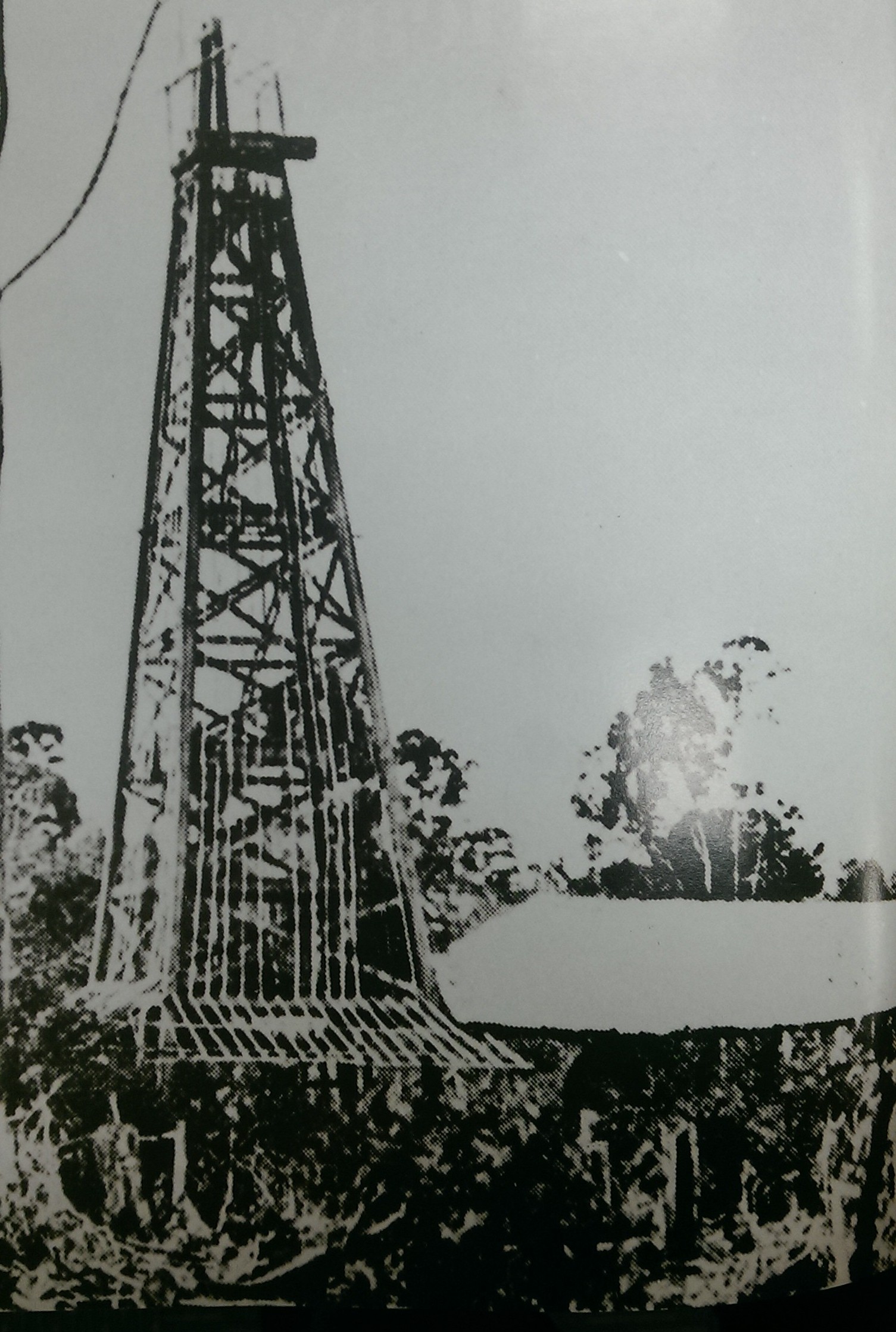
An article by Malaysian Tatler mentioned that Miri was once described as “almost uninhabitable”, and was once just a small town with only a handful of scattered houses and shoplots. But that all changed when oil came into the picture.
Oil was first mentioned in Miri by a British Official in 1882 when he saw some wells that were dug up by the natives (they used it to waterproof their boats and as fuel for light). but it was only 30 years later in 1910 that a group of men from Royal Dutch Shell started drilling on top of Canada Hill (apparently named that because the men were Canadian).
Fast forward just 15 years later and Miri was a changed town. There were a lot more shoplots, an English school, and a lot of recreational clubs (like rowing and equestrian clubs) for the expats to join… and finally… CARS!
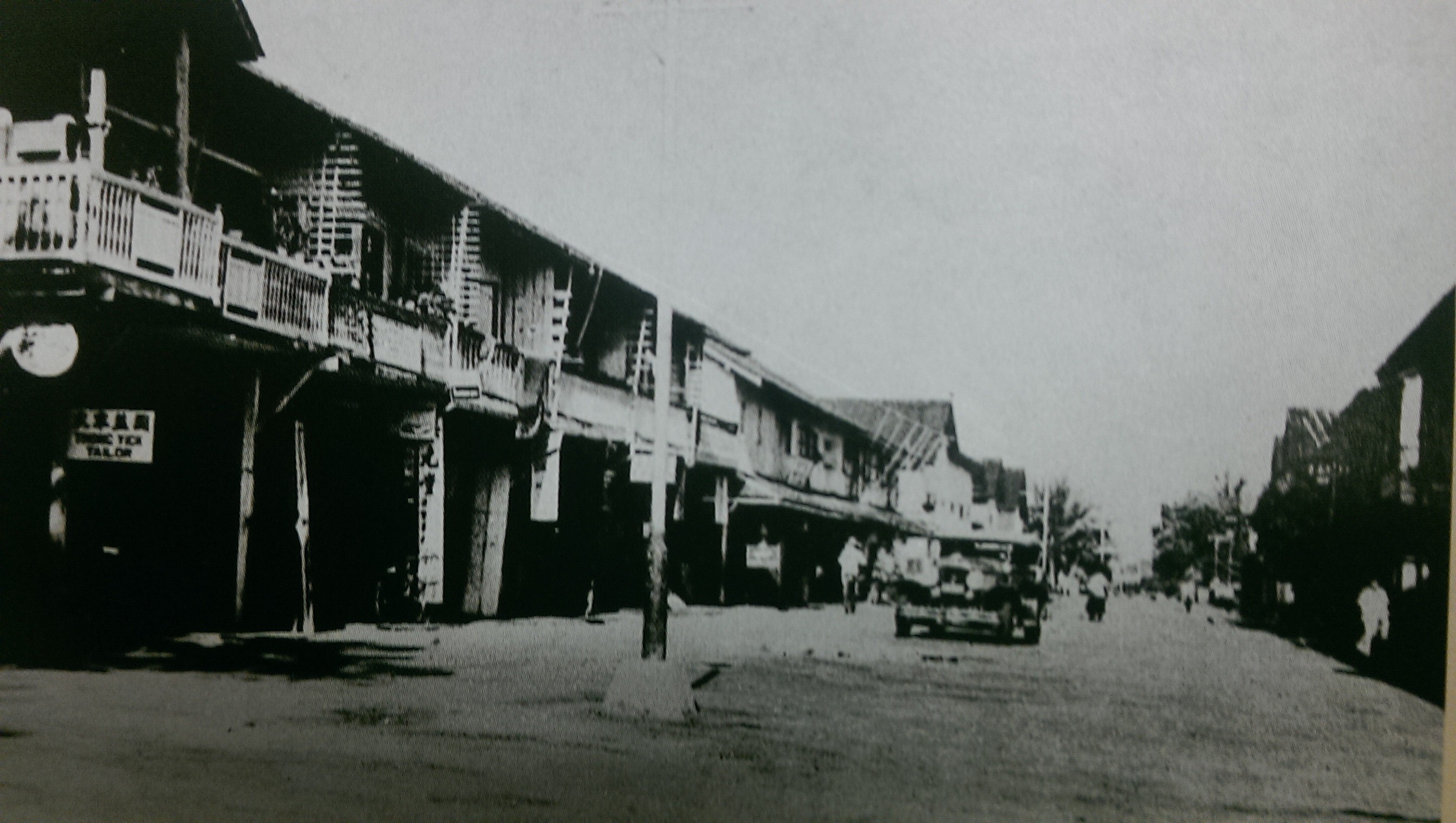
Today the oil, gas, and energy industry contributes about 20% of our GDP (a measure of how healthy a contry’s economy is), and has pretty much been the thing driving Malaysia forward for decades now. On the other hand, Miri is Sarawak’s second largest city and known as the “Oil Town of Malaysia”. It’s also a huge tourist attraction because it’s located near many of Sarawak’s natural attractions (like Gua Niah).
As for the Grand Old Lady? Well, she continued to pump oil for 62 years (except during WWII), before finally retiring in 1972.
Wah… Malaysia has changed so much!
Sometimes you don’t know how far you’ve come until you take a moment to look back. It’s amazing how far Malaysia has come in the last century, and almost impossible to think of what our roads will look like in 2116! Well, while flying cars may be happening soon, but even closer to reality… there are already some exciting things happening in Malaysia.
Jabatan Kerja Raya is already looking at more hi-tech bitumen for longer lasting roads, and intelligent dynamic speed-limits that change based on real-time traffic conditions!
On the other hand, SPAD is looking to create more methods of public transport for Malaysians, like expanding our MRT systems in KL, and of course the newly announced new high-speed rail that connects KL to Singapore (90 minutes only! *squeals*).

Shell themselves are creating new and better fuels, but also other really crazy stuff like Gravity Lights in Kenya and capturing wind from passing cars and turning it into energy.
But whatever the case, the future hasn’t been set in stone. If you imagine our ancestors from 125 years ago – how many would’ve guessed that we’d be getting around the way we do now? In the same way, there’s no way of knowing what other innovations we’ll have in the future.
And hopefully, Shell will continue to be a part of that innovation, for another 125 years and beyond. 🙂
- 7.9KShares
- Facebook7.7K
- Twitter21
- LinkedIn1
- Email54
- WhatsApp132



